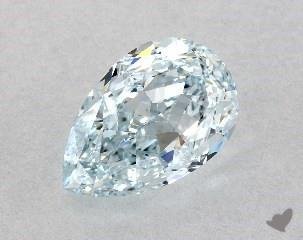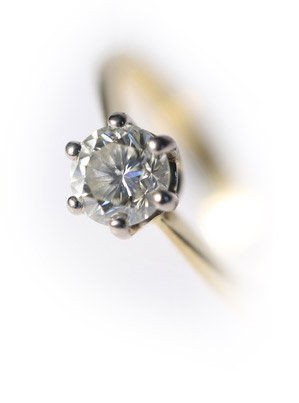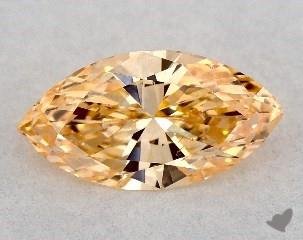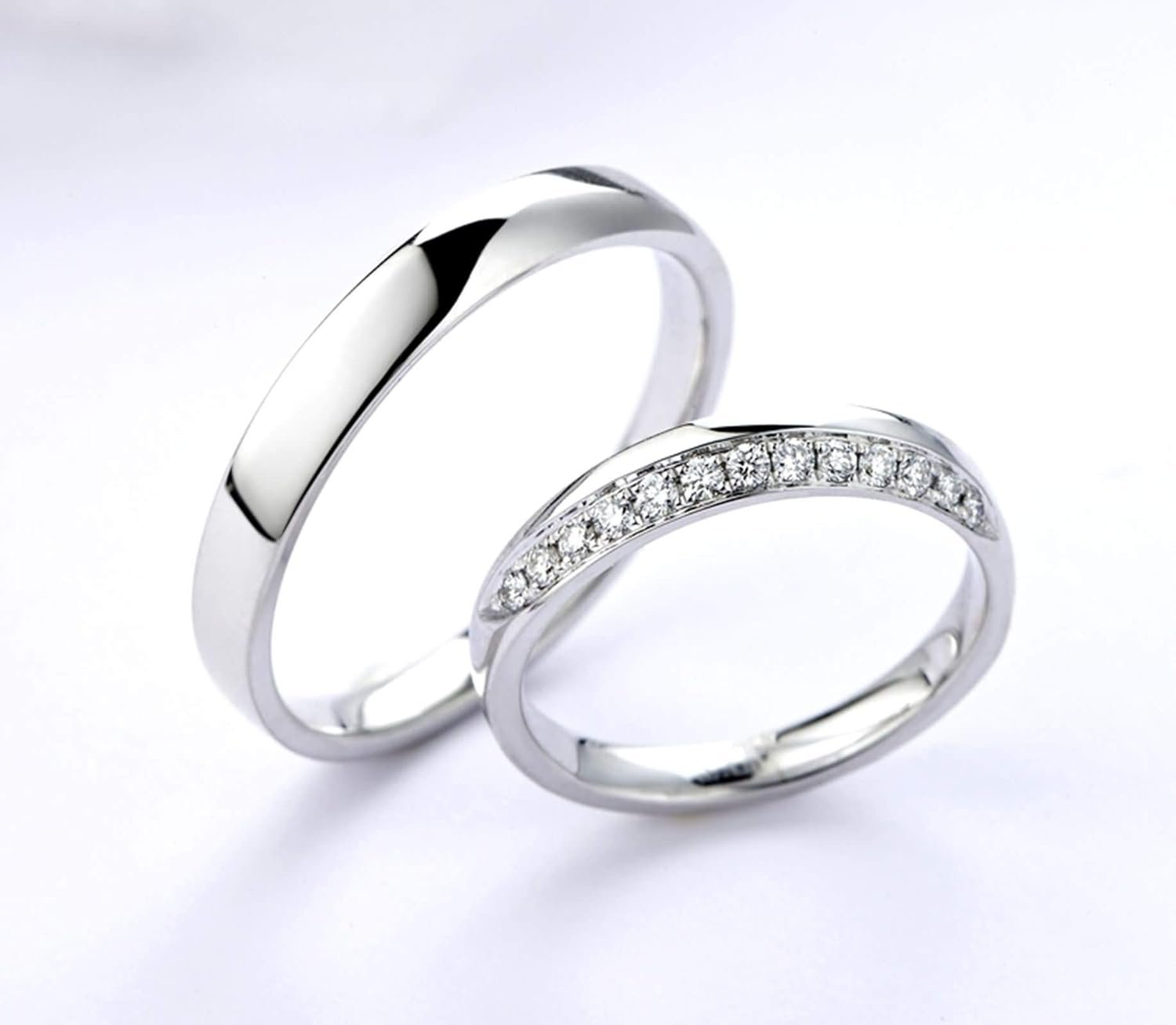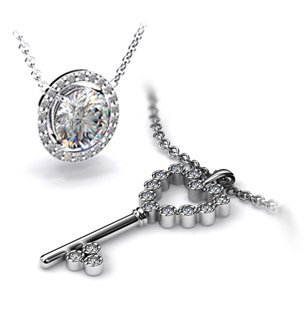
Pearls at Videh
Pearls are naturally created by marine-based organisms called mollusks, commonly known as oysters. Natural pearls are extremely rare and hard to find, which is why many of the pearls available to consumers today are cultured pearls. To produce a cultured pearl, a grain of sand or a bead is introduced within an oyster or a mussel. This irritates the mollusk, causing it to coat the intruding particle with smooth layers of nacre. This crystallized substance forms the shell that gives the pearl its unique coloration and splendor.
Types of Cultured Pearls
Cultured pearls are grouped by origin, including species of mollusks, geographical location, saltwater, and freshwater. Videh offers a select variety of cultured saltwater pearls sourced from pearl farms worldwide:
Akoya Pearls
Originating mainly in Japan and China, Akoya pearls are produced by the oyster Pinctada Fucata. These pearls range from two to nine millimeters in diameter, averaging six to seven millimeters, and display a white appearance with a rose hue. The consistent size and shape of Akoya pearls make them ideal for perfectly matched strands.
South Sea Pearls
Known to Australia, Indonesia, and the Philippines, the South Sea cultured pearl comes from the oyster Pinctada Maxima, available in two varieties: gold-lipped and silver-lipped. These pearls, appearing in golden, silver, or pale satin finishes, range from ten to fifteen millimeters in diameter, averaging thirteen millimeters. South Sea pearls are often set into necklaces, rings, and other jewelry designs that require fewer pearls due to their larger size and higher cost.
Tahitian Pearls
Tahitian cultured pearls come from the French Polynesian lagoons and the Cook Islands. Produced by the black-lipped oyster Pinctada Margaritifera, these pearls are known for their wide array of colors, including peacock, aubergine, and pistachio. They range from eight to fourteen millimeters in diameter, averaging nine and a half millimeters. Tahitian pearls are often mixed and matched in jewelry designs that highlight their unique color schemes.
Freshwater Pearls
Native to China, Freshwater cultured pearls are produced by mussels rather than oysters. These pearls are smaller and less spherical in shape, with colors influenced by the natural attributes of the mussel and treatments to achieve desired hues. The main producer of Freshwater pearls is the Hyriopsis Cumingi. Freshwater pearls range between four to eleven millimeters in diameter and are more affordable due to their high quantity and the ability to harvest multiple pearls from a single mussel.
Pearl Characteristics
Color
Pearls are available in a rainbow of colors, including pinkish (rose), silvery white, greenish white, creamy, golden overtones, gray, cognac, and black. Color enhancement is common for both colored and white pearls.
Size
The diameter of a pearl is measured in millimeters. Generally, the larger the pearl, the rarer and more valuable it is.
Shape
The more spherical and symmetrical the pearl, the more valuable it will be. Baroque pearls, which are unusually shaped and asymmetrical, can be attractive and are usually less expensive than round pearls.
Surface
The fewer the spots, discolorations, cracks, or blemishes, the more expensive the pearl.
Luster
Luster refers to the glow and brilliance of the pearl. The longer the pearl is left in the oyster to form, the thicker the layer of nacre surrounding the pearl, resulting in a higher luster.
At Videh, we offer a curated selection of these exquisite pearls, each chosen for its beauty and quality, to provide our customers with timeless and elegant jewelry.


